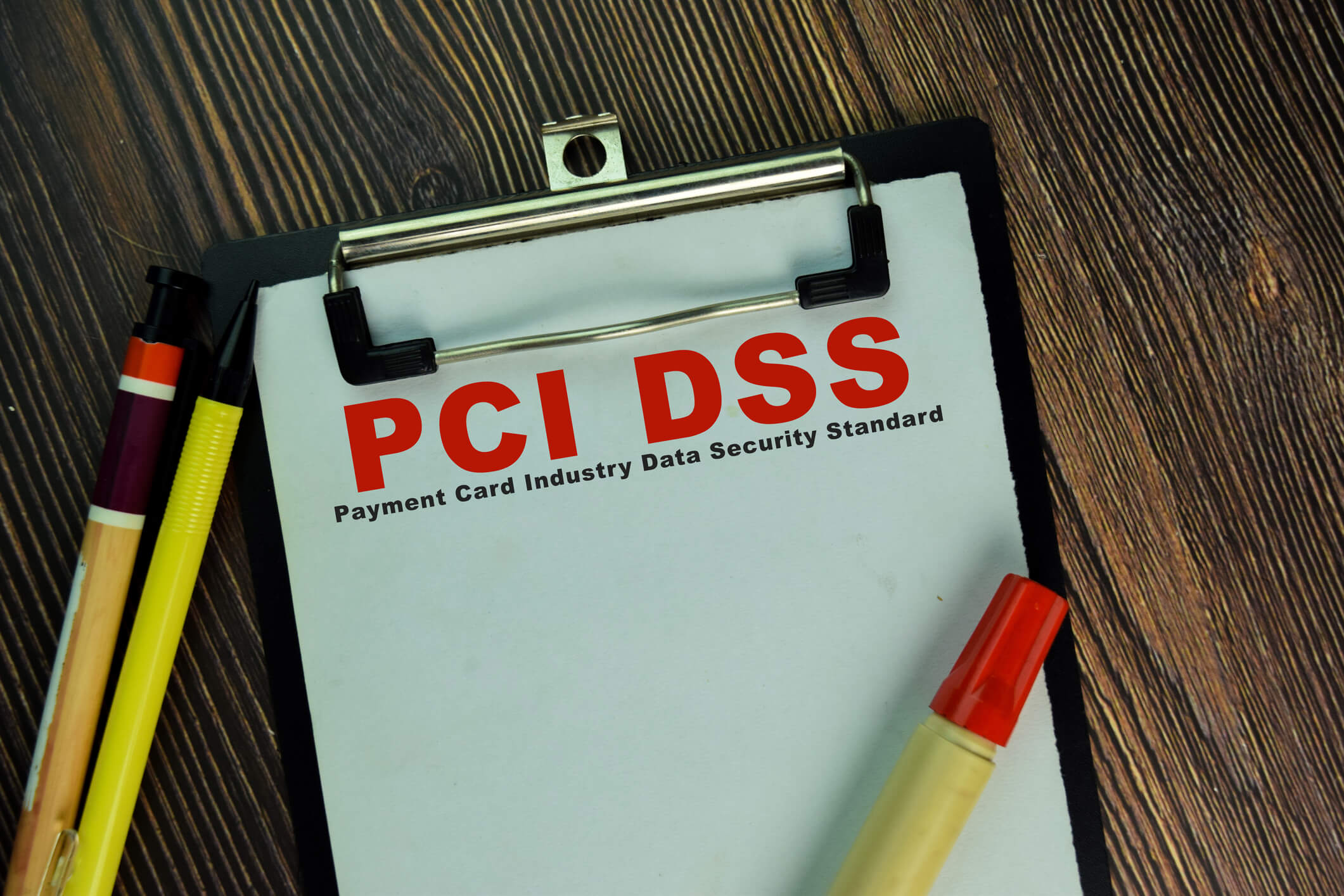How to Negotiate Lower Interchange Fees with Cloud Payment Solutions
In today’s digital age, businesses are increasingly relying on cloud payment solutions to streamline their payment processes and enhance customer experiences. However, one aspect that often goes overlooked is the impact of interchange fees on a business’s bottom line. Interchange fees are the fees charged by payment networks, such as Visa and Mastercard, for processing credit and debit card transactions. These fees can significantly impact a business’s profitability, especially for those operating in high-volume industries.
Cloud payment solutions offer businesses the opportunity to negotiate lower interchange fees, thereby reducing their overall payment processing costs. In this article, we will explore the importance of negotiating lower interchange fees for businesses and discuss the factors that influence these fees in cloud payment solutions. We will also provide a detailed guide on researching and comparing cloud payment solution providers, preparing for negotiations, and strategies for securing lower interchange fees. By following these steps, businesses can optimize their payment processing costs and improve their financial performance.
The Importance of Negotiating Lower Interchange Fees for Businesses
Interchange fees can have a significant impact on a business’s profitability, especially for those operating in industries with tight profit margins. These fees are typically a percentage of the transaction value, and they can quickly add up, especially for businesses that process a large number of transactions. By negotiating lower interchange fees, businesses can reduce their payment processing costs and increase their profit margins.
Lower interchange fees also enable businesses to offer competitive pricing to their customers. In today’s highly competitive market, businesses need to find ways to differentiate themselves from their competitors. By negotiating lower interchange fees, businesses can pass on the cost savings to their customers, offering them more competitive prices. This can help attract new customers and retain existing ones, ultimately driving business growth.
Factors Influencing Interchange Fees in Cloud Payment Solutions
Several factors influence interchange fees in cloud payment solutions. Understanding these factors is crucial for businesses looking to negotiate lower fees. Here are some key factors to consider:
- Payment Network: The payment network, such as Visa or Mastercard, sets the interchange fees. Different payment networks may have different fee structures, so it’s essential to research and compare the fees charged by different networks.
- Card Type: The type of card used for the transaction can also impact interchange fees. Credit cards typically have higher interchange fees compared to debit cards. Additionally, premium cards, such as rewards or business cards, may have higher fees due to the added benefits they offer.
- Transaction Volume: The volume of transactions processed by a business can influence interchange fees. Higher transaction volumes may qualify for lower fees, as payment networks often offer volume-based discounts.
- Average Transaction Value: The average value of transactions can also impact interchange fees. Higher-value transactions may qualify for lower fees, as they are considered less risky for payment networks.
- Industry Type: Different industries may have different interchange fee structures. Industries with higher risk or higher chargeback rates may have higher interchange fees. It’s important to understand the fee structures specific to your industry and negotiate accordingly.
Researching and Comparing Cloud Payment Solution Providers
Before negotiating lower interchange fees, businesses need to research and compare different cloud payment solution providers. Here’s a step-by-step guide to help businesses find the right provider:
- Identify Business Needs: Start by identifying your business’s specific payment processing needs. Consider factors such as transaction volume, average transaction value, industry type, and desired payment methods (e.g., credit cards, mobile payments).
- Research Provider Options: Conduct thorough research to identify cloud payment solution providers that meet your business needs. Look for providers with a proven track record, positive customer reviews, and a wide range of payment options.
- Compare Pricing Structures: Request pricing information from different providers and compare their fee structures. Pay attention to interchange fees, as well as any additional fees or charges, such as monthly fees, setup fees, or transaction fees.
- Evaluate Security and Compliance: Payment security is crucial for businesses and their customers. Ensure that the cloud payment solution provider complies with industry security standards, such as Payment Card Industry Data Security Standard (PCI DSS) compliance.
- Assess Integration and Support: Consider how well the cloud payment solution integrates with your existing systems and processes. Additionally, evaluate the level of support provided by the provider, including technical support and customer service.
Preparing for Negotiations: Gathering Data and Analyzing Costs
Once businesses have identified potential cloud payment solution providers, it’s time to prepare for negotiations. This involves gathering data and analyzing costs to have a clear understanding of your business’s payment processing needs and costs. Here’s how to prepare for negotiations effectively:
- Analyze Current Payment Processing Costs: Start by analyzing your current payment processing costs. Review your payment processing statements and identify the fees charged by your current provider. This will serve as a benchmark for negotiating lower interchange fees.
- Determine Transaction Volume and Value: Calculate your business’s transaction volume and average transaction value. This data will help you understand the potential volume-based and value-based discounts you may be eligible for during negotiations.
- Identify Industry Benchmarks: Research industry benchmarks for interchange fees to understand how your current fees compare. This will provide valuable insights into the potential for negotiating lower fees.
- Assess Provider Performance: Evaluate the performance of your current payment solution provider. Consider factors such as uptime, transaction speed, and customer satisfaction. This information will help you assess the value-added services you can negotiate for during the process.
- Set Negotiation Goals: Based on your analysis, set clear negotiation goals. Determine the specific interchange fee reduction you are aiming for and any additional benefits or value-added services you would like to negotiate.
Strategies for Negotiating Lower Interchange Fees with Cloud Payment Solution Providers
Negotiating lower interchange fees requires a strategic approach. Here are some effective strategies to help businesses secure better rates:
1. Leverage Volume and Transaction Data to Secure Better Rates
One of the most effective ways to negotiate lower interchange fees is by leveraging your business’s transaction volume and data. Here’s how to do it:
- Highlight Transaction Volume: Emphasize your business’s transaction volume during negotiations. Payment networks often offer volume-based discounts, so the more transactions you process, the stronger your negotiating position.
- Demonstrate Growth Potential: If your business is experiencing growth, highlight this during negotiations. Payment networks are more likely to offer lower fees to businesses with growth potential, as they stand to benefit from increased transaction volumes in the future.
- Showcase Low Chargeback Rates: Low chargeback rates indicate a low risk of fraudulent transactions. Payment networks may be willing to offer lower interchange fees to businesses with low chargeback rates, as they are seen as less risky.
- Provide Historical Data: Present historical transaction data to demonstrate your business’s payment processing patterns. This data can help payment networks assess the risk associated with your business and potentially offer lower fees.
2. Exploring Alternative Pricing Models and Fee Structures
In addition to negotiating lower interchange fees, businesses can explore alternative pricing models and fee structures. Here are some options to consider:
- Flat Fee Pricing: Instead of a percentage-based interchange fee, negotiate a flat fee per transaction. This can provide more predictability and stability in payment processing costs, especially for businesses with high transaction volumes.
- Tiered Pricing: Tiered pricing structures categorize transactions into different tiers based on factors such as transaction volume or average transaction value. Negotiate tiered pricing that aligns with your business’s transaction patterns to potentially reduce interchange fees.
- Interchange Plus Pricing: Interchange plus pricing separates interchange fees from other processing fees, providing transparency and allowing businesses to negotiate lower interchange fees directly.
- Subscription-Based Pricing: Some cloud payment solution providers offer subscription-based pricing models, where businesses pay a fixed monthly fee for unlimited transactions. This can be a cost-effective option for businesses with high transaction volumes.
3. Negotiating Additional Benefits and Value-Added Services
In addition to lower interchange fees, businesses can negotiate additional benefits and value-added services to enhance their payment processing experience. Here are some options to consider:
- Faster Funding: Negotiate faster funding options to improve cash flow. Payment networks may offer expedited funding for a reduced fee or even waive the fee altogether.
- Enhanced Reporting and Analytics: Request advanced reporting and analytics capabilities to gain valuable insights into your business’s payment processing data. This can help identify trends, optimize operations, and make data-driven decisions.
- Dedicated Account Manager: Negotiate a dedicated account manager who can provide personalized support and assistance. Having a dedicated point of contact can streamline communication and help address any issues or concerns promptly.
- Integration Support: If your business relies on specific software or systems, negotiate integration support from the cloud payment solution provider. This can ensure seamless integration and minimize disruptions to your existing processes.
Frequently Asked Questions (FAQs)
Q.1: What are interchange fees?
Interchange fees are the fees charged by payment networks, such as Visa and Mastercard, for processing credit and debit card transactions. These fees are typically a percentage of the transaction value and can vary based on factors such as card type, transaction volume, and industry type.
Q.2: Why are interchange fees important for businesses?
Interchange fees can significantly impact a business’s profitability, especially for those operating in high-volume industries. By negotiating lower interchange fees, businesses can reduce their payment processing costs, increase profit margins, and offer competitive pricing to their customers.
Q.3: How can businesses negotiate lower interchange fees?
To negotiate lower interchange fees, businesses should leverage their transaction volume and data, demonstrate growth potential, showcase low chargeback rates, and provide historical transaction data. Additionally, exploring alternative pricing models and fee structures, such as flat fee pricing or interchange plus pricing, can help businesses secure better rates.
Q.4: What are some additional benefits and value-added services businesses can negotiate?
In addition to lower interchange fees, businesses can negotiate additional benefits and value-added services, such as faster funding options, enhanced reporting and analytics capabilities, dedicated account managers, and integration support.
Conclusion
Negotiating lower interchange fees with cloud payment solution providers is crucial for businesses looking to optimize their payment processing costs and improve their financial performance. By understanding the factors influencing interchange fees, researching and comparing cloud payment solution providers, and preparing for negotiations, businesses can secure better rates and negotiate additional benefits and value-added services.
By following the strategies outlined in this article, businesses can reduce their payment processing costs, increase profit margins, and offer competitive pricing to their customers, ultimately driving business growth and success.










